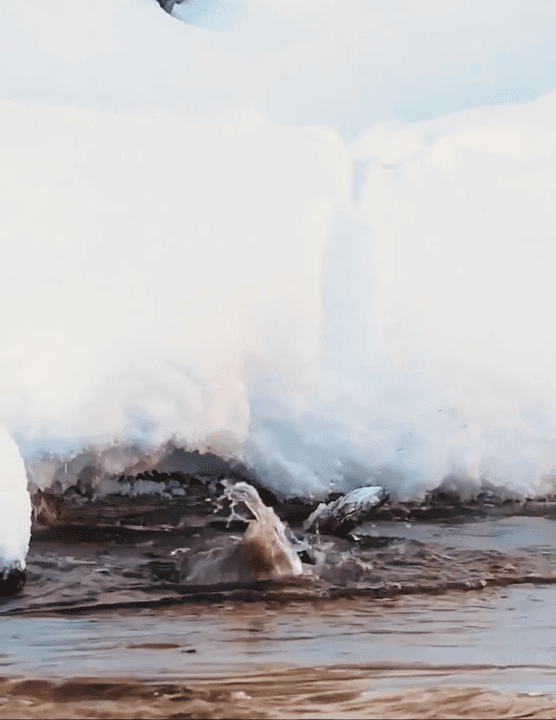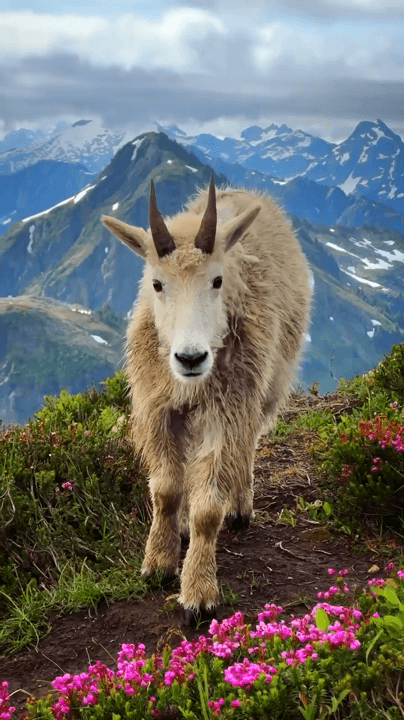
Troms og Finnmark Moose Hunting in Norway: Types of Hunting and Game Species, Hunting Seasons and Hunting Associations and Clubs Geographical and Natural Features: Exploring the Landscape of the Region Troms og Finnmark, Norway’s northernmost county, is a vast region characterized by Arctic tundra, dense boreal forests, and dramatic mountain landscapes. This area offers some of the most pristine and remote hunting grounds in Europe. The region’s diverse ecosystems, including wetlands, rivers, and valleys, provide ideal habitats for moose (elk), making it a prime destination for hunters. The harsh Arctic climate, with long winters and short summers, adds an extra layer of challenge and excitement to the hunting experience. Hunters and Demographics of the Region Troms og Finnmark has a population of around 240,000 people, spread across a large area. Despite its low population density, hunting is a significant activity, with approximately 10,000 registered hunters in the region (2025
Post: 16 May 12:35















































